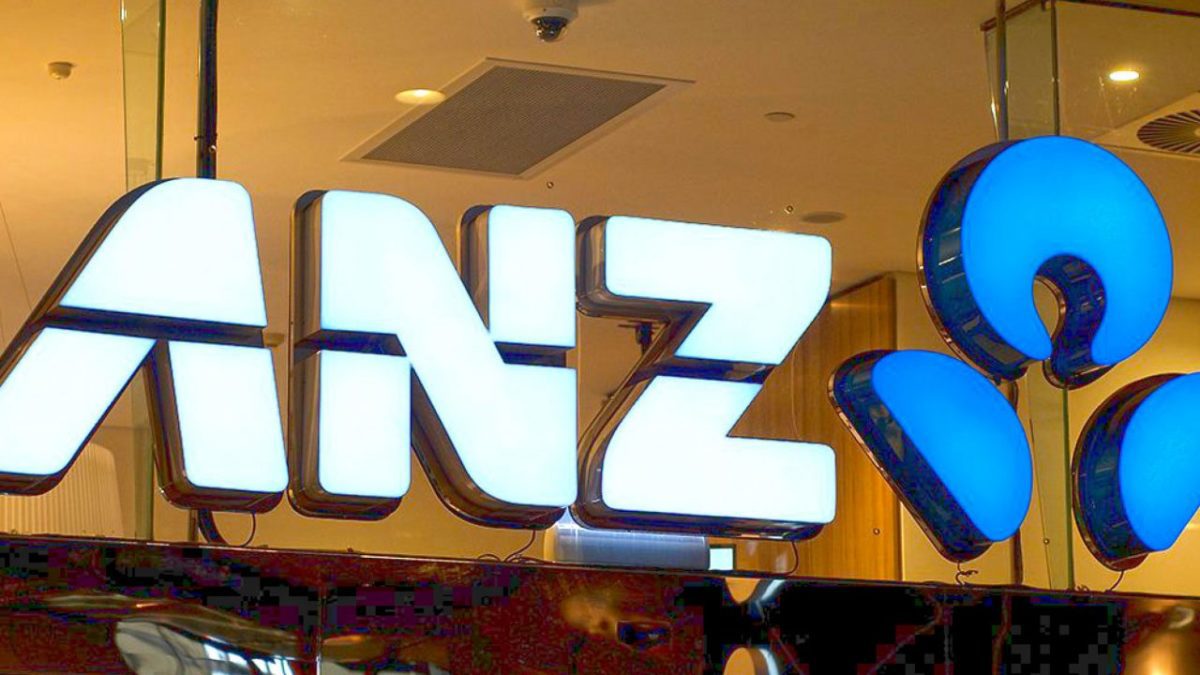ANZ shares at $18? 3 tips to analyse any bank stock in 2020.
It’s been a big year for bank shareholders, but none more so than ANZ Banking Group (ASX: ANZ) shareholders…
Firstly, keep in mind that its dividends were cut (“deferred”) amid the COVID-19 sell-off.
Since then, things have continued to go pear-shaped as the Australian and Kiwi economies, politicians and central bankers struggled to understand the implications of Coronavirus. JobSeeker, JobKeeper and a near $100 billion commitment from the RBA has helped.
How to analyse ANZ stock
This short article steps through three tips or tricks I’d use for analysing a bank stock like ANZ, Commonwealth Bank (ASX: CBA), Westpac Banking Corp (ASX: WBC) or National Australia Bank (ASX: NAB).
1. Employee morale
Firstly, it might seem obvious but culture is more than a modern corporate gimmick, given the increasing focus on hiring the right talent in a tech-enabled banking sector. Looking at ANZ’s Seek company reviews data, according to the most recent numbers we pulled, the company’s overall workplace culture rating of 3.4/5 is above the banking sector average rating of 3.2. That’s good.
2. Financials
On the financials, a bank will take money from term deposit holders or wholesale debt investors to lend that money out to homeowners, businesses and investors. It does this because it will earn a spread between the cost of capital and the return from lending. The difference between what a bank pays to savers and what it makes from mortgage holders (for example) is the net interest margin or NIM.
Across Australia’s eight-largest banks, we calculated the average NIM was 2.01% whereas ANZ’s NIM was 1.76%, meaning it produced a lower-than-average return from lending compared to its peer group. This can happen for a few reasons which are worth following-up. It’s important because ANZ earned 75% of its total income just from lending.
Return on equity or ‘ROE’ compares the yearly profit of a bank against its total shareholder equity as shown on its balance sheet. It’s another very popular metric amongst bank analysts and investors. ANZ’s ROE in the latest full-year stood at 10.6%. This was higher than the banking sector average of 10.4%.
Finally, as we’ve discovered recently with the cuts to its dividend, when it comes to safety and risk management, for banks the CET1 ratio (common equity tier one) is paramount. CET1 represents a bank’s buffer against financial ruin. In the most recent full year, ANZ had a CET1 ratio of 11.4%. This was higher than the sector average and I think it’s probably above APRA’s (the regulator) ‘unquestionably strong’ level, for now at least.
3. Valuation
I think dividend discount models are one of the best tools to value a bank share. To do a DDM we have to estimate the bank’s dividends going forward and then apply a risk rating.
My simple DDM valuation of ANZ shares is $18.20, using last year’s dividend payments. However, using an ‘adjusted’ dividend payment of $1.20, which reflects the recent cut to dividends plus my guess that it resumes its dividend payments next year, the DDM valuation falls to $13.65. The valuation compares to ANZ’s current share price of $18.56.
Buy, Hold or Sell?
Ultimately, although the shares might seem expensive using my simple DDM model, don’t make a decision based on this article. Take your time now and consider all of the risks and ideas I presented here, and read the latest annual report and management announcements.
While you’re at it, you might also consider a diversified shares ETF, which might be a better option for defensive income over the next 10 years, or take a moment to listen to my podcast below, in which I talk about one of my favourite ASX shares right now.









